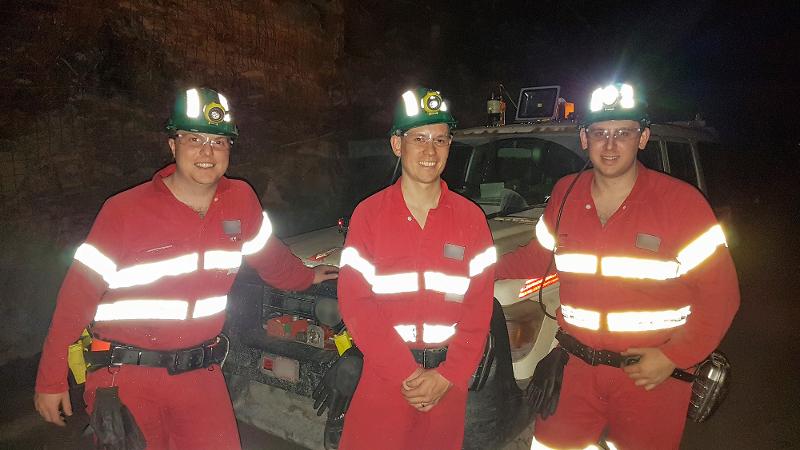New Tech to Track Underground Autonomous Mining Vehicles
Working underground can sometimes prove to be fateful given the shaky perilous terrain and the lack of oxygen when mining. So, autonomous vehicles were developed to scope the terrain. But the terrain again proves to be a problem as tracking the underground autonomous mining vehicle becomes difficult.
Problems with tracking underground autonomous mining vehicles:
Navigating underground can be a difficult task as there is no light, a lot of dust and camera blur. Things such as GPS navigation is also difficult because there is no signal or network underground so it is not only a problem for the vehicle itself to navigate underground but is also a problem for those trying to keep track of the underground mining vehicles from land above.
Autonomous mining vehicles have to often traverse rocky, dust filled terrain, navigate narrow mazes and overall a very harsh terrain. With the poor lighting in mining tunnels and the dust that is there, often cameras also become useless in such terrain.
Problems with current methods of tracking autonomous mining vehicles:
The current methods of tracking underground autonomous mining vehicles are not only expensive but also involve major modifications to infrastructure and costly sensing.
For any mining enterprise keeping track of all the companies expensive autonomous underground mining vehicles is not only very important but on top of that if you add expensive ways of keeping track of the vehicles and a need to make major modifications to the existing infrastructure then that makes the whole enterprise all the more unprofitable.
As mentioned earlier, Global Positioning Systems or GPS cannot be used because of the rocky terrain and wireless Sensor networks also prove to be worthless in such terrains because of interference from the rocks in the terrain. All in all tracking underground autonomous mining vehicles is not an easy or even cheap task. That is until now.
New tech to track underground autonomous mining vehicles:
Since sensors are expensive and making major adjustments to the infrastructure is out of the question, researchers have found a cheaper alternative to navigating through such a terrain using cameras.
Mathematics and biologically-inspired algorithms were the winning combination when it came to tracking underground autonomous mining vehicles. A camera mounted vehicle was able to track the autonomous vehicle in underground tunnels to within a few meters.
Previously, experiments concerning the camera mounted vehicle were unsuccessful. Researchers had to add artificial intelligence to the camera so that it was able to discern the terrain it was navigating and to also disregard images that were blurry, dust filled or affected by the poor lighting in an underground setup.
Now researchers have tested tracking the underground autonomous mining vehicle on two occasions in Australia and have a third expedition lined up. So far the intelligent camera has proved highly useful and the researchers hope that it continues with the same track record in their third mining job as well.
If an underground autonomous vehicle can be tracked within a few centimeters then tracking the mining asset later on is no problem.







